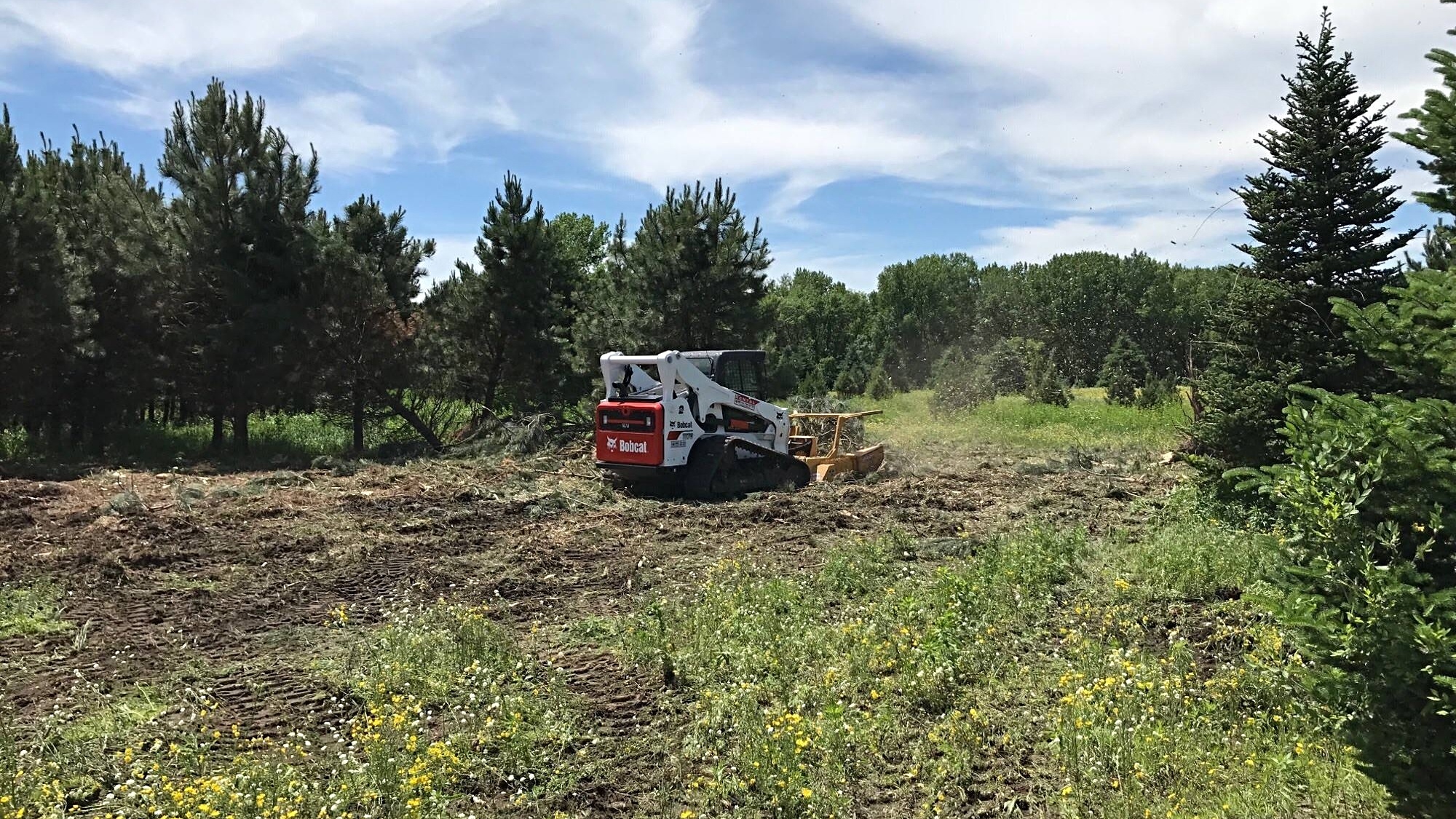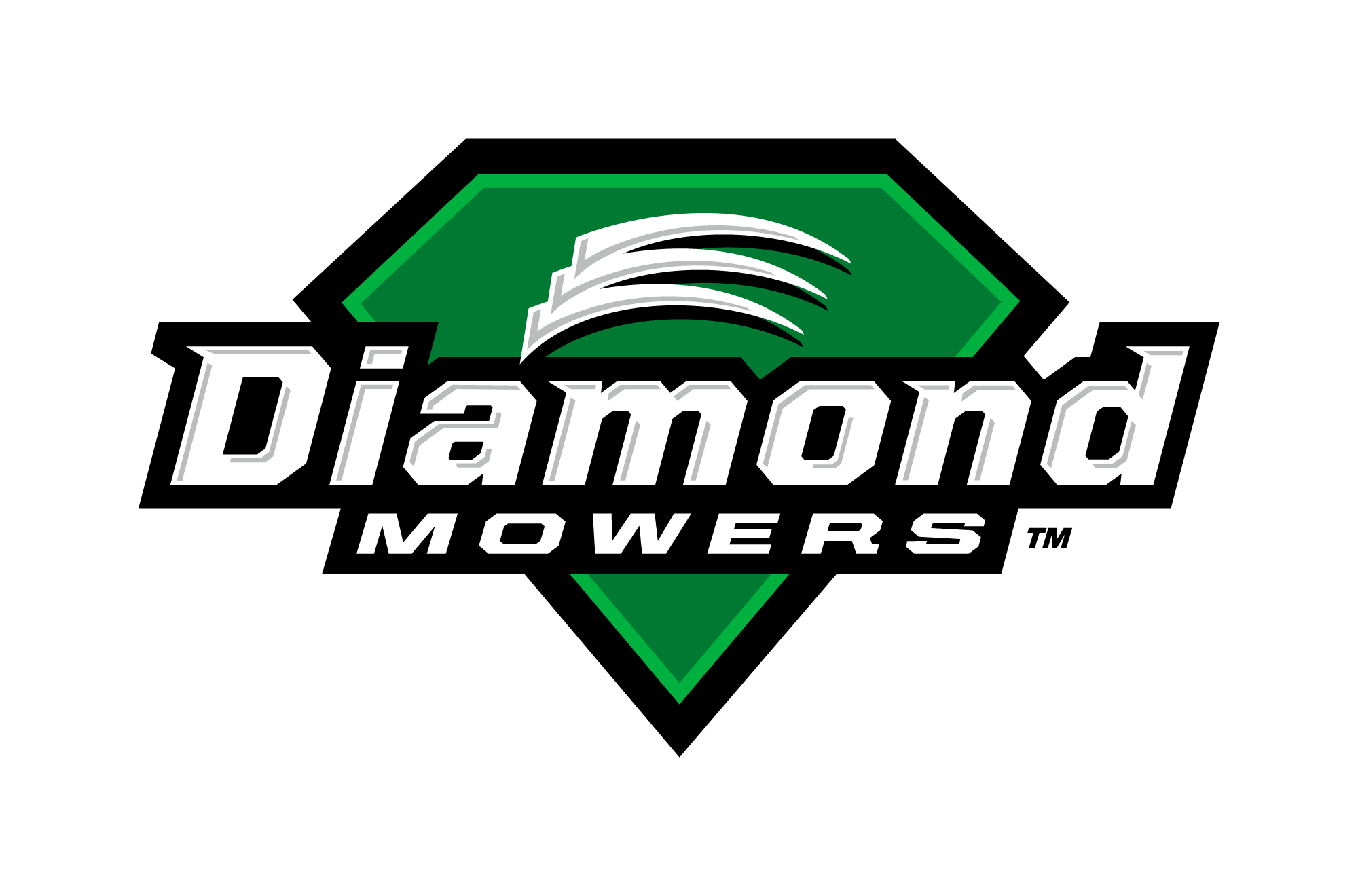
Correctly matching a skid-steer to its mulching attachment is critical for maximizing performance and profits.
Skid-Steer Performance
Forestry and mulching applications place specific demands on their equipment. Skid-steer machines should be selected with the recommended attributes that are optimum for these applications.
High Flow Machines
While standard flow attachments are available for machines not equipped with high flow circuits, it is HIGHLY recommended to outfit high flow machines with matching attachments. These high flow machines should be equipped with a minimum of a 70hp engine at the very least.
Another consideration is hydraulic horsepower - which is what does the heavy lifting. Some skid-steers might have less flow than others, but operate at greater pressure, which will ultimately determine hydraulic horsepower. Hydraulic horsepower is calculated by (flow x pressure / 1,714).
Most current production machines with engines of 70-100hp, and equipped with high flow circuits, will have the appropriate hydraulic horsepower for mulching.
- Torque – Torque is often misunderstood and under-estimated in importance, which is a serious error, as torque is what ultimately does the work. All the horsepower in the world means nothing if you do not have the torque to back it up. Always choose high torque machines.
- Lift Type – Skid-steers have either vertical or radial lifts. If you will be typically working at eye level or above, vertical lift is preferred; however if you will be working below eye level primarily, radial lift machines may be better suited to your application. In this day and age, it is mostly a matter of preference.
Make sure you know the lifting capabilities of the skid-steer lift system. It must be capable of lifting and operating at whatever lift height is required for the desired attachment. - Hydraulic Requirements – The hydraulic requirements of the skid-steer machine and its mulching attachment must be carefully matched for optimum performance, which is a complicated balance of hydraulic horsepower and torque. This is the most important consideration when matching a skid-steer to a mulching attachment.
- Undercarriage Type – Skid-steers are either equipped with wheels or tracks, and both styles have their strength and weaknesses. Ground conditions must be considered carefully before selecting a style. In the mulching industry, tracked machines have become the popular platform due to lower ground pressure, traction, and stability on slopes and inclines.
Many skid-steer manufacturers offer forestry protection packages for mulching operations as well, dramatically increasing the safety of the machine and its operator.
Mulching Attachments
It is critical to match the mulching attachment to the machine's capabilities to ensure effective and efficient operation.
- Cutting Width - Mulching attachments typically come in cutting widths ranging from 50" - 84", with 60" being the most common size. When pairing the attachment to the skid-steer, make sure the machine can effectively lift and manage the weight of the attachment, especially at the anticipated operating height. Some brands offer counterweights and other options to help with balance if necessary.
- Safety Features – Many attachments come with various safety features, guards, etc, for protection of the operator and other individuals nearby the work site. Safety features like hydraulic doors and chain guards will help deflect debris to the ground where it will cause no harm. Polycarbonate doors on a skid-steer machine will protect the operator from high-speed airborne debris.
- Performance Features – When selecting a mulching attachment, important consideration must be given to the intended use and the different types of terrain and material that will be encountered. If one anticipates use in a rocky or abrasive soil environment, a unit designed to be in contact with these materials may be better suited than a unit expressly designed to sharply cut, that is likely used at a higher elevation, and would not contact rocks or soil as often. Carefully weigh the pros and cons of each design and match them to your application for best results.
Skid-steers provide versatility on a job site that cannot be matched by many larger, more cumbersome machines. Properly matching the mulching attachment to the skid-steer, and then to the job environment, will pay large dividends to any mulching professional.
See the Skid-Steer Rotary Mower and Forestry Mulcher in action:



